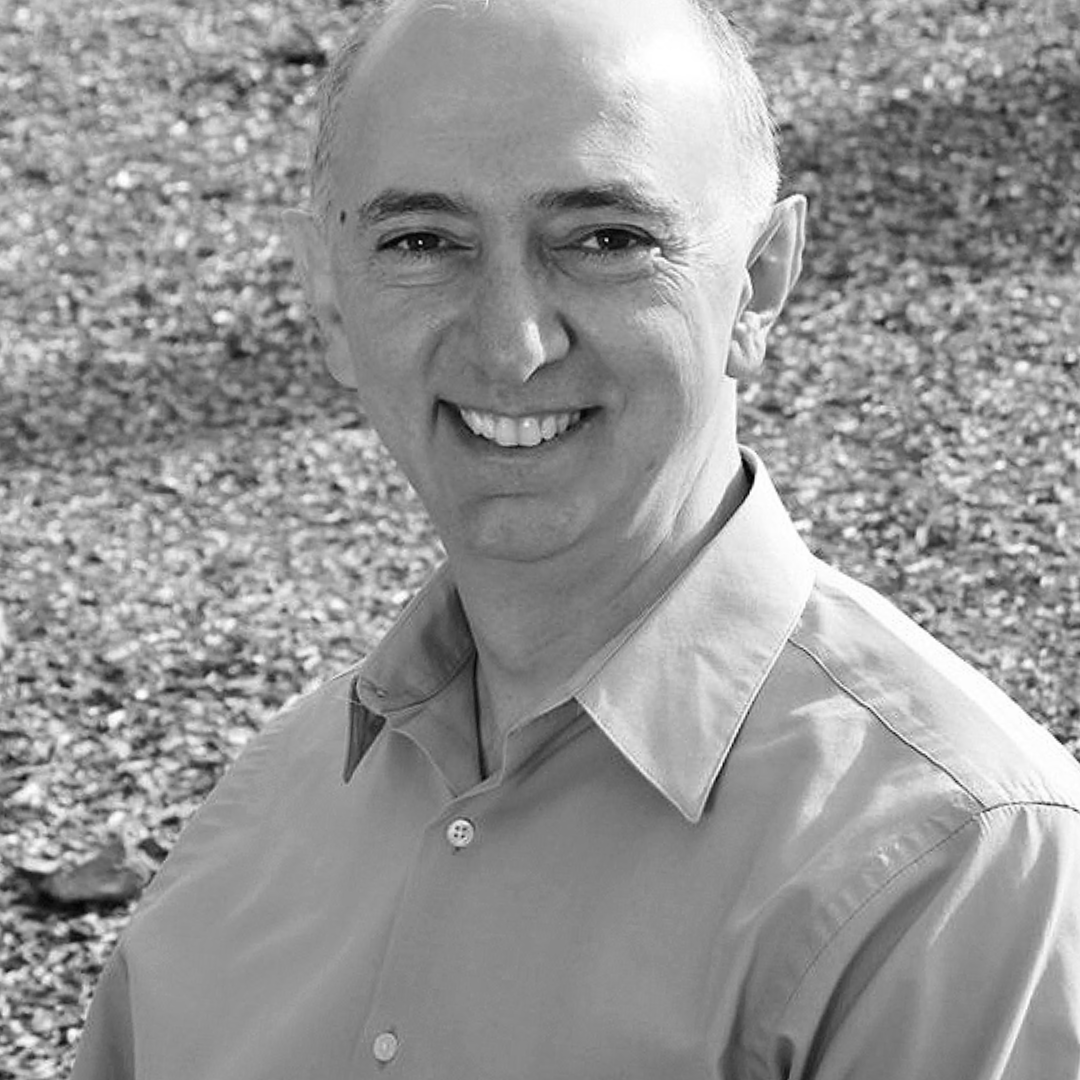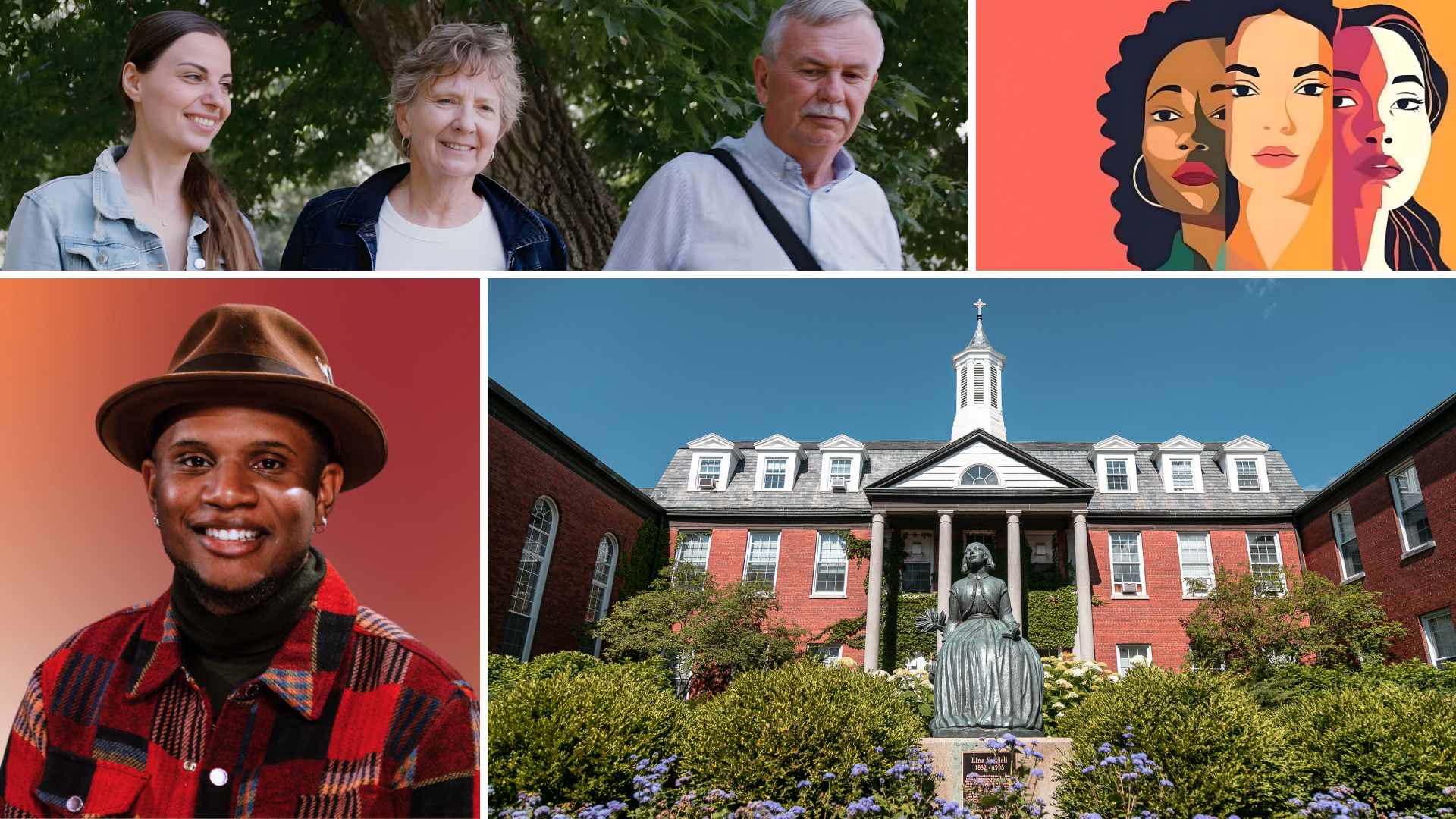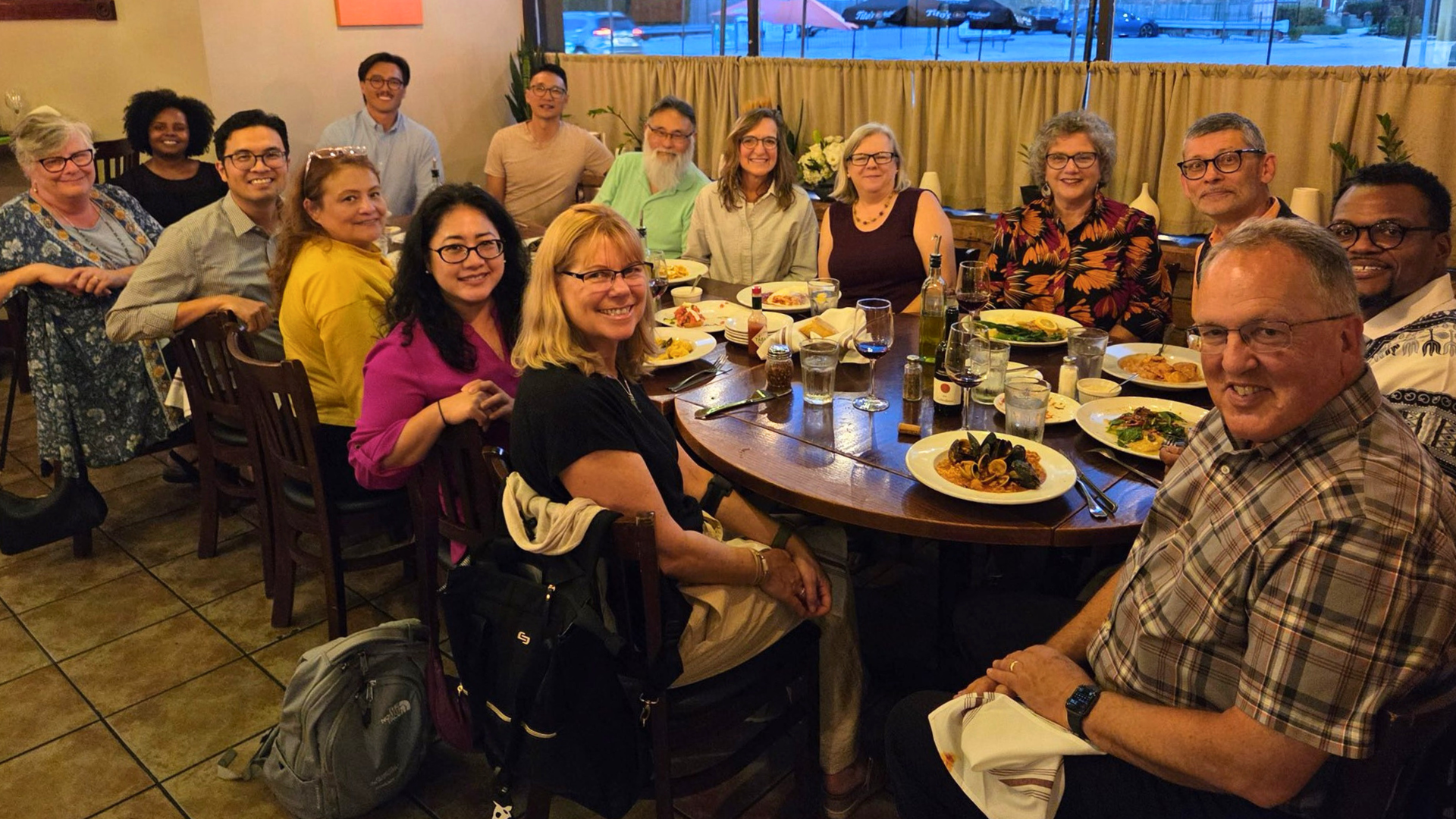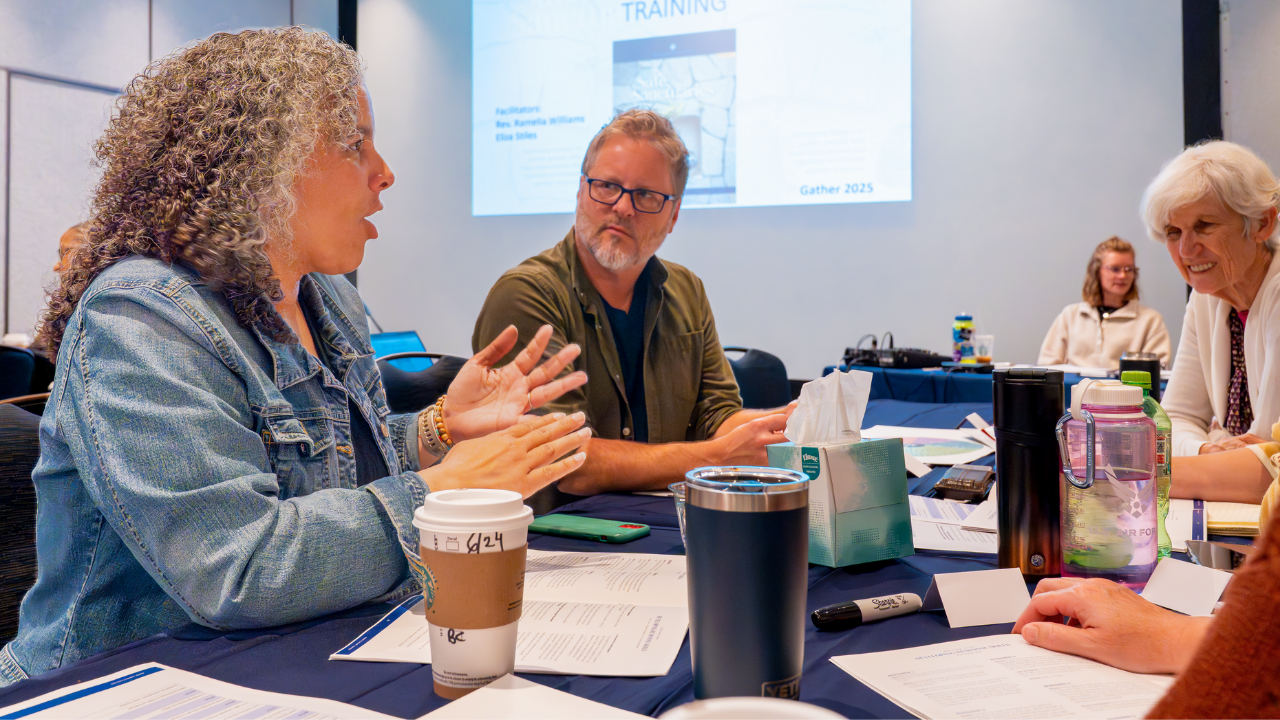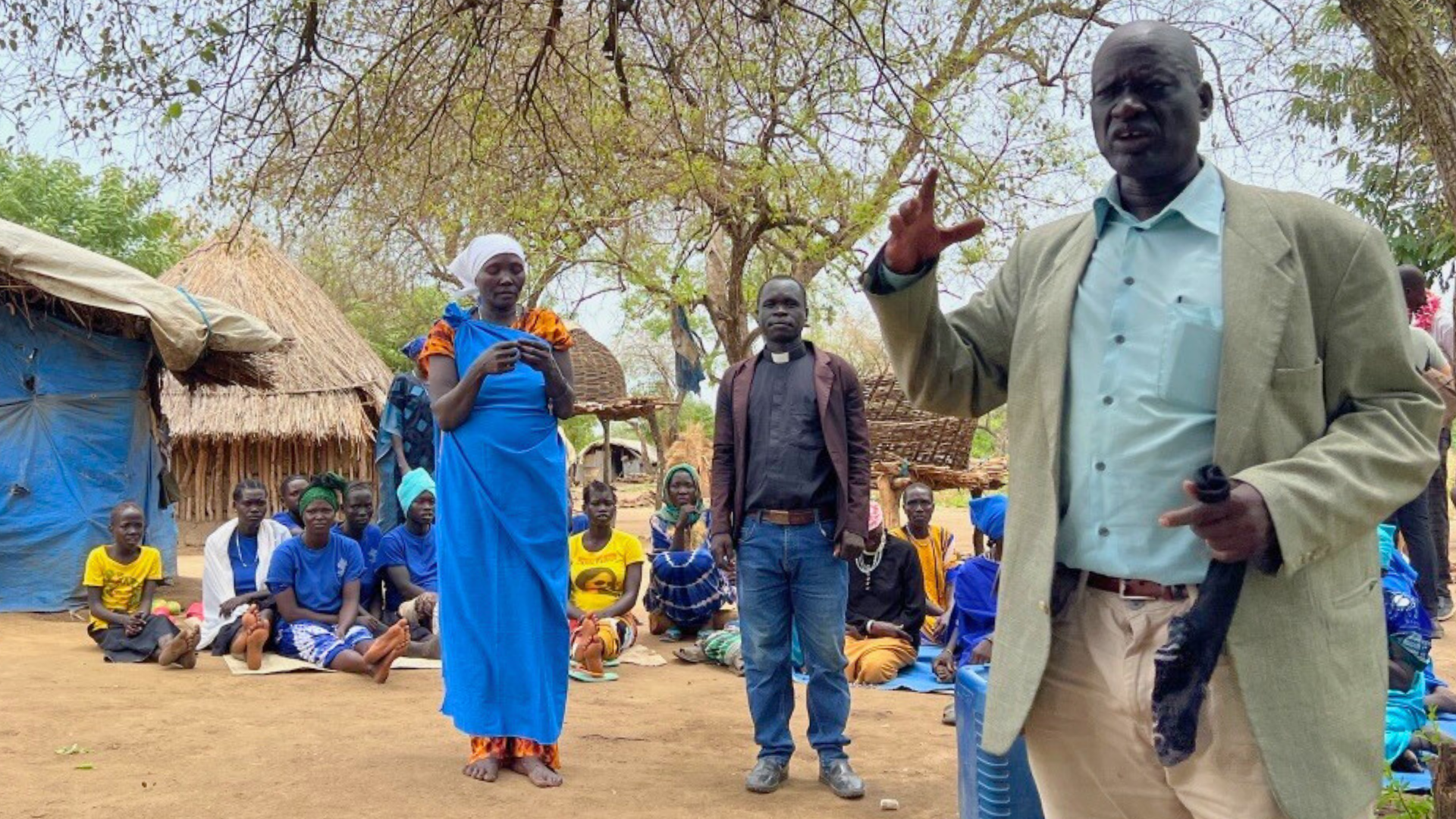How Churches Can Become Healing Communities
When I was eleven years old in Beirut, the Lebanese civil war began and life changed for me. Nothing stayed the same. We moved a lot, and school was erratic. My life then changed again when I came to the United States three years later. Another significant turn was when I recommitted my life to Christ during my college years. Finally, a life-changing turn took place while I was attending Grace Covenant Church in Chicago some twenty-five years later. Deb Gustafson, the pastor at the time, was passionate about integrating spiritual and emotional health. She wanted to send the leaders at the church to a weekend retreat run by a local counseling center. I was dubious, but I trusted Pastor Deb, and God seemed to be clearly saying I should go.
That weekend changed my life. I was able to get in touch with grief and pain that I did not even know I had, which I had hidden behind a wall of intellect. It began a transformational journey that helped me connect with my deepest desires for integrated ministry to the hearts and souls of God’s people. I ended up going back to school part-time for twelve years, enjoying every part of it, learning to be a spiritual director and counselor, and eventually studying in greater depth my greatest passion, spiritual formation. The ministries I work in now, some twenty years later, are all a result of that pivotal weekend. Churches can be healing communities. In my case, they helped start the healing and transformation, but can they do more?
We get healed in relationships
We get wounded in relationships, and we get healed in relationships. That’s a maxim often repeated by mental health professionals. Mental health clinicians work to create healing relationships intentionally through what Carl Rogers called “unconditional acceptance and positive regard.” Scaling up from individual relationships to a church community takes even more intentionality, wisdom, and discernment. The benefits will be life-changing for many. Reducing isolation and providing space for confession, vulnerability, emotionally corrective experiences, inner healing prayer, and walking with those who suffer are all part of this landscape. As we dive into each of these aspects, I pray the Holy Spirit will prompt and guide you and your church in this time.
Isolation makes mental health worse
The very first thing to keep in mind if we want our churches to be healing communities is that all mental health disorders are made worse by isolation. To the extent we remedy isolation, we are heading in the right direction. This can take many forms already practiced by many churches, but we still have plenty of work to do.
My wife and I were spending a few months in a new city, and we visited many churches. At one church many people came up to greet and welcome us. At another, our only interaction was a greeter handing me a card for a men’s golf tournament. I once talked with a woman at work who had just decided to follow Christ but did not go to church. I did some research and helped her to find a church with a fruitful thriving ministry in her area. She went a few times before reporting to me that she could not even find out how to get into a small group Bible study. They had a newcomer desk, but no one was there to talk to her. When I called the church myself, I fortunately was able to get a much better response, and she got well connected.
This type of on-ramp into community is a first and very basic step. However, that ramp needs to lead somewhere. This is an integral part of our call to discipleship. Jesus gave us a model of relational discipleship, and we need to maintain healthy structures and models for continuing that journey. Whether it’s small groups, men’s and women’s groups, affinity groups, ministry projects, or Sunday school classes, relational discipleship is part of our spiritual DNA, and it is a very first step to reducing isolation and preventing the deterioration of mental health. This often happens in smaller groups, but it’s not just about small groups.
Small groups, yes, but…
Developing an effective small group ministry is a good step toward reducing isolation, but it is not enough. It would be a mistake to think that small groups alone are a panacea for isolation. Small groups alone do not meet all our human needs for community. In the absence of family and friends, small groups are a good first step. It’s a start, but it’s not the finish line. Small groups are an ideal place to foster new relationships, which can then grow and develop outside the group. They can be a place where we get to know others with whom we can later go to coffee, dinner, or play golf. These friendships then can begin to reduce isolation on a more comprehensive scale than a once-a-week meeting. It is helpful for this expectation to be set up front so that we don’t have small group members walking around dissatisfied and disgruntled.
As for the small group itself, two variables can help or hinder it from becoming an agent of healing. The first is intentionality needed to take members deeper relationally and needs to be modeled and fostered. That can be done at first with ice breakers and then with more open-ended questions around Scripture study or spiritual formation that encourage opening up to others. When the leaders model vulnerability and ask questions that encourage it, it can take the group in the right direction. This must be done slowly and with patience to build the sense of safety necessary for vulnerable sharing to take place.
Second, most small groups become ineffective when the leaders do not enforce boundaries that keep individuals from dominating or one individual from interrupting, continually expressing need, and receiving care and prayer at the expense of everyone else in the group. This issue can often be resolved through proper training and the support of a resource person to mentor leaders. But how often do churches truly have leaders equipped to manage this well—or a resource person available to provide such support?
One issue that comes up more and more lately is the lack of social skills that young people need to make those friendships outside small groups, or even to attend the groups in the first place. Our churches may need to step back at some point and take a leadership role in helping to teach those critical social skills. During the Protestant Reformation, literacy rates increased dramatically as leaders recognized that if it was a high value for people to read the Bible, they needed to be able to read. Therefore, investments in schools were made to remedy the situation. We are quickly coming to a place where the church may need to help foster social literacy so that we can all live less isolated lives.
Deep-dive groups
One historical precedent for small groups is found in the history of the Methodist Church. John Wesley organized his movement into sequential groups that mirrored a spiritual formation journey. The first step was a “trial band,” which functioned like an Alpha course or a basic evangelization and conversion small group experience. That was followed by a “united society,” or “class,” where participants explored the fundamentals of discipleship. After that, his followers graduated into a “band.” These bands were ongoing and had no expectation of “graduation.” In them, the life habits of discipleship were established, and members sought deeper relationships, creating space to talk about sin more openly. They maintained a high level of confidentiality and closeness.
The Covenant Church’s roots in conventicles align with these Methodist practices, highlighting the importance of small, intentional gatherings for spiritual growth. Like Wesley’s bands, conventicles were intimate groups where believers shared life, studied Scripture, and encouraged one another in faith, laying a foundation for the Covenant’s commitment to authentic discipleship and community.
One thing that twelve-step groups do very well is allow for the confidential confession of sins. James 5:16 tells us that confession of sins brings healing. Psychologically, that is also true. When we confess our sins, our “cognitive load” is reduced. In other words, the energy we spend maintaining a façade of lies is lessened, and we can redirect that energy to live healthier lives. There is no reason that kind of deeper connection must be limited to twelve-step groups.
These deep-dive groups can provide other powerful ways to find healing. A smaller size can encourage deeper sharing and vulnerability, creating an environment where participants feel safe to explore their emotions and experiences. This vulnerability needs to be met with acceptance and loving support. When that happens, people can experience what psychotherapy calls “emotionally corrective experiences.” For instance, someone who grew up facing shame and rejection about their body weight might share their internal feelings of failure and inadequacy in such a group and find acceptance and inclusion instead of further rejection and shame.
Internal geographies
Teresa of Avila, a Spanish Christian mystic from the sixteenth century whose writings have influenced many and is acknowledged as a doctor of the Catholic Church by the Vatican, says that spiritual growth begins with self-knowledge. This sentiment is echoed by other Christian mystics. In my counseling practice, I use the paradigm that we need to develop intimacy with ourselves before we develop intimacy with others and with God. One way to think about that is that deep relationships of love and connection require deep sharing of ourselves. If we don’t know what’s in the depths of ourselves, how can we share it?
The church may need to help foster social literacy so that we can all live less isolated lives.
The depths of our very selves can be described as an inner geography shaped by how we’ve been loved, how we’ve been hurt, as well as how God designed us. The more we are aware of how we give and receive love, the more effectively we can do that. When we become aware of dysfunction in our ability to give or receive love, we can begin to address that dysfunction rather than become a blind victim to it. A common experience of this in marriage is where one spouse grew up in a household where conflict was resolved through loud arguments followed by reconciliation, and the other spouse grew up where yelling was rare but when it occurred, it was followed by weeks of cold shoulder treatment. When conflict develops, one spouse yells, hoping to get a resolution, and the other spouse shuts down, fearful of emotional rejection. Without knowing how their history informs their responses, they are in for some difficult times trying to resolve conflict.
Becoming aware of our internal geography is, of course, a process, and it is one that is most helped by talking with another human being. It is often not enough to reflect alone. In counseling or spiritual direction sessions, I regularly hear people say, “You haven’t said much, and I didn’t learn anything new, but I feel much better and understand myself better already.” This is not surprising. When we tell our story to another, the facts in our brains are processed by different parts of the brain that activate when we are relating with another person. This creates a change in our brain in how we see those facts, and our self-awareness greatly increases.
Church conflict and mental health
Trauma and negative events in our lives can create triggers, which can seem quite mysterious. When our emotional brain is aroused with fear, for example, the brain learns to remember what is happening because it is important for future safety to avoid fearful situations. Knowing how our brains react is critical because when we are triggered, we usually do or say something that we later regret. A council member who grew up in unstable financial circumstances may be triggered by another council member who seems more liberal in their spending. This fractures many church relationships unnecessarily.
James teaches us to be slow to speak and quick to listen, and this is particularly beneficial when we are triggered. Neurologically the parts of our brain that think logically and relationally are inhibited when we are angry. It is helpful to learn how to offer empathy and attunement to someone who is triggered before trying to reason with them. How do we know when someone else is triggered? Churches that can teach this skill will reap benefits when conflict arises down the line.
Cognitive restructuring
Trauma and triggers can distort our thinking, leading to what’s known as cognitive distortions. Churches can play a unique role in helping with cognitive restructuring, where false beliefs and thought patterns are challenged. Our brains often “lie to us” due to miswired neural pathways—like someone with a phobia who knows their fear is irrational but still feels it intensely. Sometimes people recognize this miswiring and seek help, but often they are unaware. Here, Scripture and community can provide the truth needed to expose these false narratives. While this doesn’t instantly rewire the brain, recognizing distortions is a critical first step toward healing.
For instance, someone who has developed the habit of turning to food amidst emotional pain can start resisting these urges once they recognize the pattern. With the support of close friends or a small group in the church, this is far more likely to lead to success than doing it alone. Over time, those mis-wired neural pathways can gradually loosen, allowing healthier patterns to emerge. Research shows that about half of people who lose weight through dieting will likely regain it within a year. However, those who have relational support around the issue are more likely to maintain their weight loss in the long term.
Prayer practices
Many of my own triggers stem from anxiety. In my journey, I turned to Jesus in prayer, and over time, I discovered some prayer practices were more helpful than others. As a psychotherapist, I began to see parallels between these effective prayers and therapeutic methods for anxiety. Our churches, as healing communities, need to nurture prayer practices that draw us closer to Christ and foster healing. However, we must be careful not to seek Jesus or prayer solely for healing. This can lead to forgetting him once we start to feel better, as Jesus noted when he healed ten lepers yet only one returned to thank him (Luke 17:11-19).
As we grow closer to Christ, we often experience a measure of healing. More importantly, our relationship to our suffering evolves. Mature spirituality involves walking with Jesus in our suffering. Beyond teaching the way of the cross, we must also help people dismantle shallow spiritualities that fail to address suffering in a healthy way.
Mindfulness, a popular approach to distress, has been extensively studied for its mental health benefits. The church has its own rich contemplative traditions that offer similar psychological benefits—while drawing us closer to Christ. It’s essential for churches to provide opportunities to learn and practice these spiritual disciplines and support each other in overcoming obstacles along the way.
One often overlooked prayer practice is discernment. Many people make poor choices from a place of brokenness or a weak understanding of discernment. I dedicated a chapter in my book on anxiety and prayer to this, as many people struggled with anxiety around decision-making. Learning to trust that we’re walking the paths God has for us brings peace and equanimity.
Suffering with Christ
Finally, it is important to note that churches as healing communities need to be more than places where emotional distress can be alleviated. The church needs to also be a place where we learn to suffer with Christ when the answer to our pleas for healing is like Paul’s when he heard, “No, my grace is sufficient for you,” or where Jesus is told in the garden that the cup of suffering will not be taken from him. In those instances, we need to help people walk through their suffering.
Acceptance and Commitment Therapy (ACT) is a type of mindfulness therapy that has been found to be quite effective. One of the steps in ACT is a radical acceptance of our emotions without judgment. This is followed by a decision to respond based on one’s highest values. For disciples of Jesus, our response is to discern and do his will in that circumstance. Accompanying each other in church, where we all aim to do this work, would be a great way for the church to become a healing community.
Faithfulness in our next steps
We have looked at a number of ways that churches can take steps toward becoming a healing community. Some of these steps have models already in existence that we can implement, whereas some are aspirational and need further definition and development. The needs may seem overwhelming at times. Mother Teresa was asked by a journalist once how she could possibly feed all the poor children in her city. She responded, “God does not call me to be successful, he calls me to be faithful.” May we be faithful in discerning God’s next steps for our churches toward becoming the healing communities he desires us to be.
This article was first published in the Covenant Companion Winter 2025 issue, the official magazine of the Evangelical Covenant Church.



